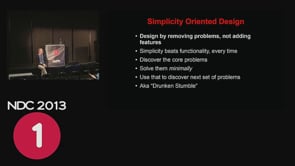Social Architecture by analogy with conventional architecture, is the process and the product of planning, designing and growing an on-line community. Social architectures, in the form of on-line communities, are the cultural and political symbols and works of art of the Digital Society. The 21st century will be identified with its surviving social architectures.
As Social Architects, we participate in communities, we identify successful naturally-occurring patterns, or we develop new patterns and we apply these deliberately to our own architectures. We apply psychology (our social instincts), economics (how we create common wealth through specialization and trade), politics (how we collect and share power), and technology (how we communicate). We continually adapt our toolkit based on new knowledge and experience. Our goal is to create on-line communities that accurately solve the problems we identify, that grow healthily, and that survive by themselves. All successful communities are based on the inherent contract of mutual benefit. That is, it is possible to build a billion-dollar business based on volunteer labor, but only if every participant contributes for selfish reasons. Often participants do not realize, or care, that they are a part of a community. However, every single act is economic. Thus, “crowd sourcing” (as the exploitation-for-profit of volunteer labor is sometimes called) only works when the crowd really wants to solve the problems you throw at it. As a worked example Pieter Hintjens will explain how he designed and grew the highly successful ZeroMQ community.
Video producer: http://www.ndcoslo.com/

